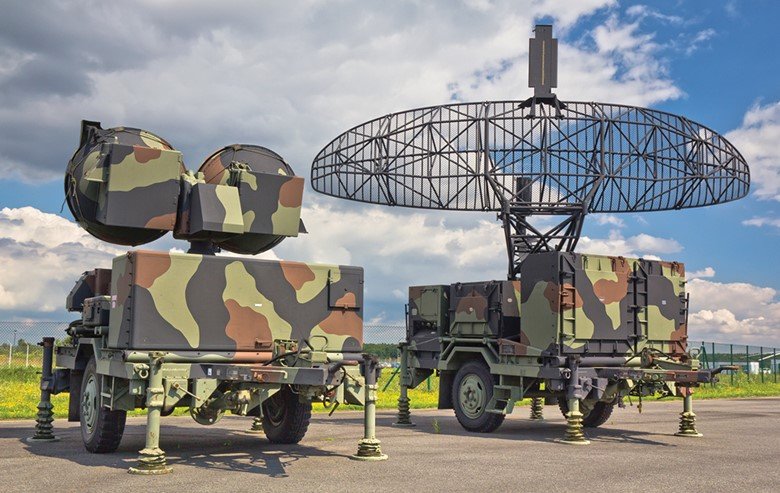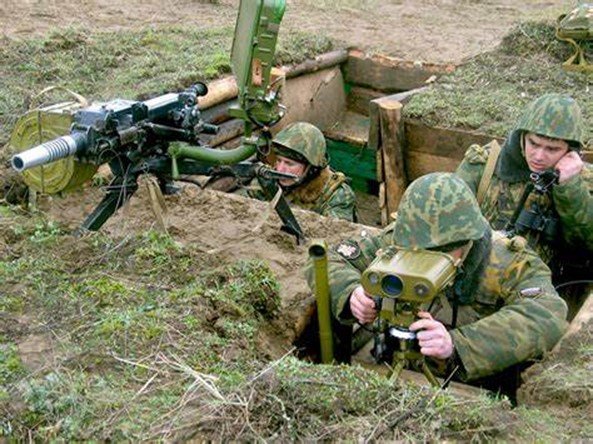A Radar system functions by conveying a high-frequency signal out projected towards the aimed point. Upon the signal getting to the target and bouncing back, the radar can use the relayed information to interpret the target’s relative position and its velocity. The military uses this kind of tech for both offensive and defensive purposes. Today, the use of radar in military fraternity ranges from control of air traffic, weather detection, and aircraft navigation, among other many uses. This technology is also widely used in naval ships as they identify whether and surface targets.
A Brief History of Radar.
According to history, radar was developed in several countries such as; USA, Germany, Holland, Italy, France, Japan, and many countries during the 1930s. For instance, Great Britain had a unique idea on devising radar that she wanted to sort the issue of national air defense.
The multiple technologies currently in use are believed to have come as a result of solutions to military problems being solved. For instance, GPS is believed to have achieved great miles during the desert storm of 1991. The ARPANET was devised during the cold war by the USA military. Again, the Duct tape was invented during world war I; this development was made to repair the vehicles that belonged to the military and the weapons. It was also to be used in the sealing of ammunition cans.
To date, military technology has been of great use in solving many challenges. For instance, military technology has been used to manage speed on the highways as well as in the food processing industry. The microwaves, which are widely used in almost all places globally, are attributed to have been born from military technology.
A Breakdown of Radar Uses in Military.
Radar tech has been of great use in the military cadre; here are the ways on how RADAR has been applied in the military:
Detection or the search Radars.
These radars search large surface air orb regions by use of short radio wave pulses. By doing this, they are able to determine the approximate range, velocity, or angle of ships or aircraft. Search radars play critical roles in this category; such roles include; target acquisition, subsurface radar, surface, and early warning.
Weather –sensing radars.
This kind of radar is a pulse-Doppler radar system that is capable of bouncing microwave signals off the target, such as clouds and rain. The radio signals involved in this radar system are channeled out from the Doppler radar towel in a circular design. Upon coming into contact with precipitation, the signals scatter; however, some are returned. The intensity of the precipitation determines the amount of signals which are returned. This radar can interpret the storm’s speed smartly by measuring the time taken by the radio beam to get back to the tower. The use of the Doppler Effect achieves this. The military applies the weather sensing radar to control aircraft as well as the traffic.
Mapping radars.
These radars are used in aircraft; the kind of radars used in this field are synthetic aperture radars. These systems are capable of generating a 2D to 3D map to help interpret the ground topographies and landscape ahead of the aircraft. These radars help in doing away with visual detection impacting factors such as darkness and haze, among other factors.
Navigation radars.
Though this kind of radars is similar to search radars, the slight difference in both is that navigation radars use short wavelength. The wavelength used in these radars is capable of reflecting off the earth as well as stone. They are majorly used in aircraft and ships to avoid collision. They are also used for navigation purposes. A good number of general-purpose radars are used as navigational radars are capable of differentiating land, stormy weather, and vehicles.
Targeting radars.
Just like the searching radars, these types of radars are also used for searching purposes. However, unlike the searching radars, capable of searching large areas, the target radars search for small zones. The main aim of these radars is to acquire as well as a lock on a target. The ground-based radars can differentiate between clutter, stationary targets, and moving targets. Some targeting and search radars include; F-5 Tiger II APQ-159, F-16 fighting Falcon APG-66/APG-68, and the NEMESIS MESA Radar.
Instrumental Radars.
These are tracking radars that act as measuring devices on military ranges as well as test facilities. The military mostly uses these radars to determine metric performance statistics on satellites, aircraft, missiles, and projectiles.
Fuzes.
These are proximity fuses commonly used in AAA (anti-aircraft artillery) rounds. For anti-aircraft artillery round to detonate upon passing close to a target while not hitting the target raises the probability that it will hit and not just detonate either below or above it. This radar has ranging optical sensors capable of sending pulses to a target and detonating a preset distance from the aimed point.
Other uses of the radar in the military include:
Battlefield, Ground Surveillance, Missile Control.
Other types of radars in this category include; fire-control to aid in fire extinguishing activities, weapon locating radars, which are vital activities within the military fraternity, tracking radars for identifying lost items, among others.
Navigation. The radars used in this field include; air search radars, shipborne search, land-based surveillance radars, to name a few.
Search and rescue.
The kind of radars used in this field is designed to locate ships and airplanes that are located over long distances that are not easily maneuverable. These radars are characterized by high-level accuracy that aids the military identify the exact point from where a given vessel is located. Apart from identifying locations of objects like planes and ships, these radars are also capable of locating people. The ability to locate people has made a rescue mission for people who might be distress and needs immediate rescue easy.
Tracking.
This kind of radar operates on following a single target in angle as well as the range to figure out the trajectory or path of the object, therefore predicting its future position. The military tracing radars use highly advanced signal processing to predetermine target size or identify specific features before triggering a weapon system against them.
Conclusion.
The radar systems are of great importance to the military fraternity. This technology has helped in solving multiple challenges facing humankind, and thus, it should be embraced. Security is vital in day to day undertaking of everybody therefore this security-enhancing tech cannot be taken for granted.






